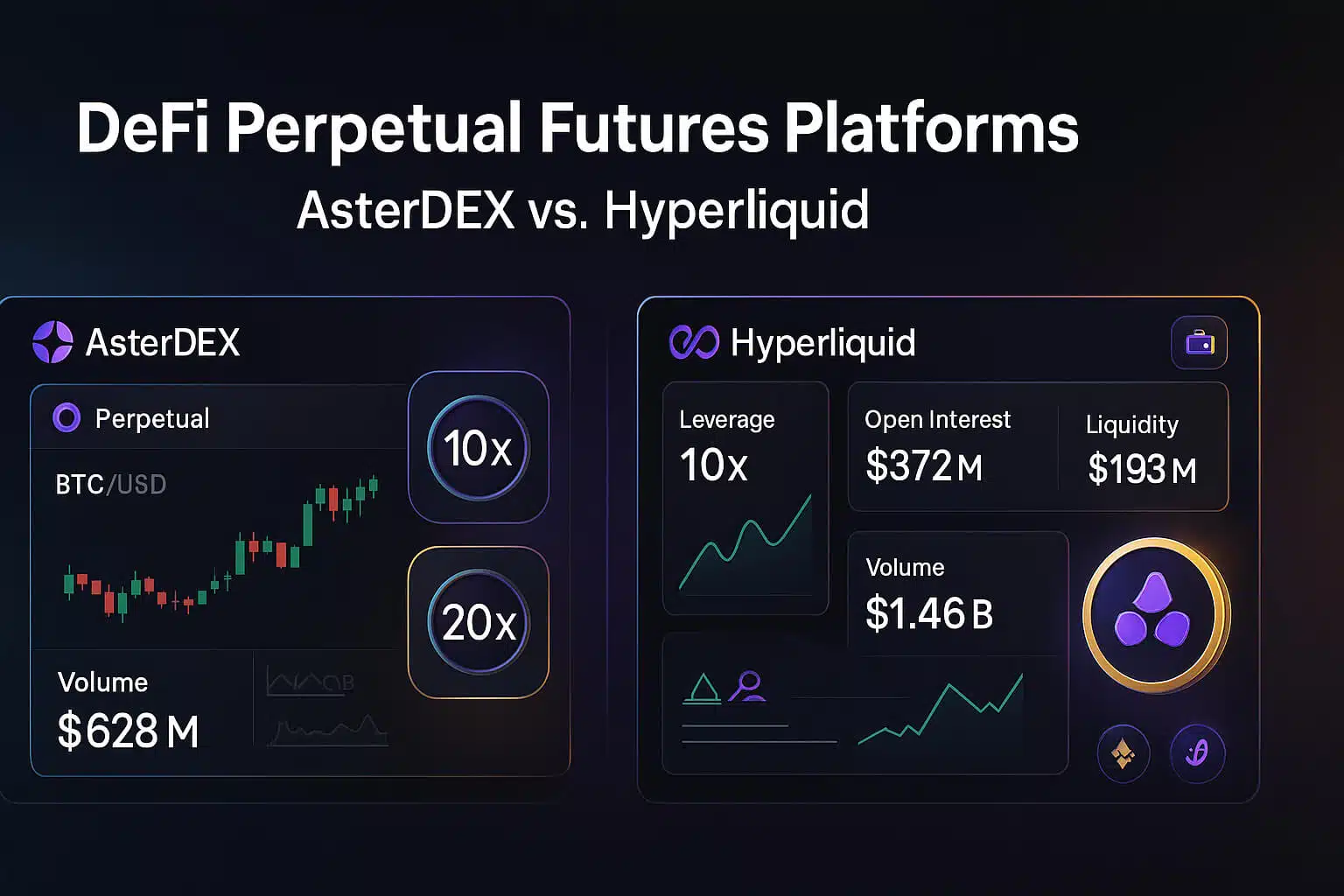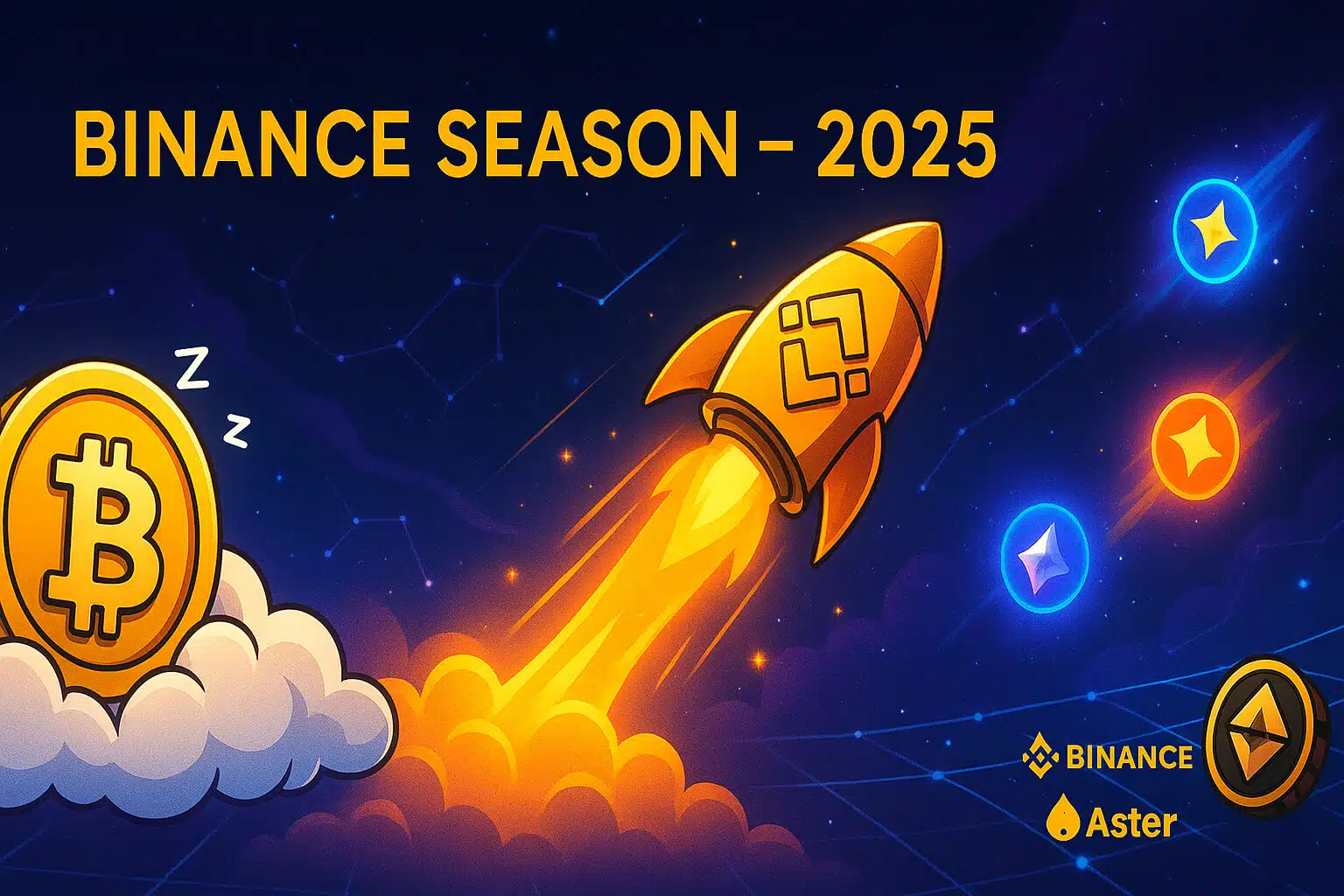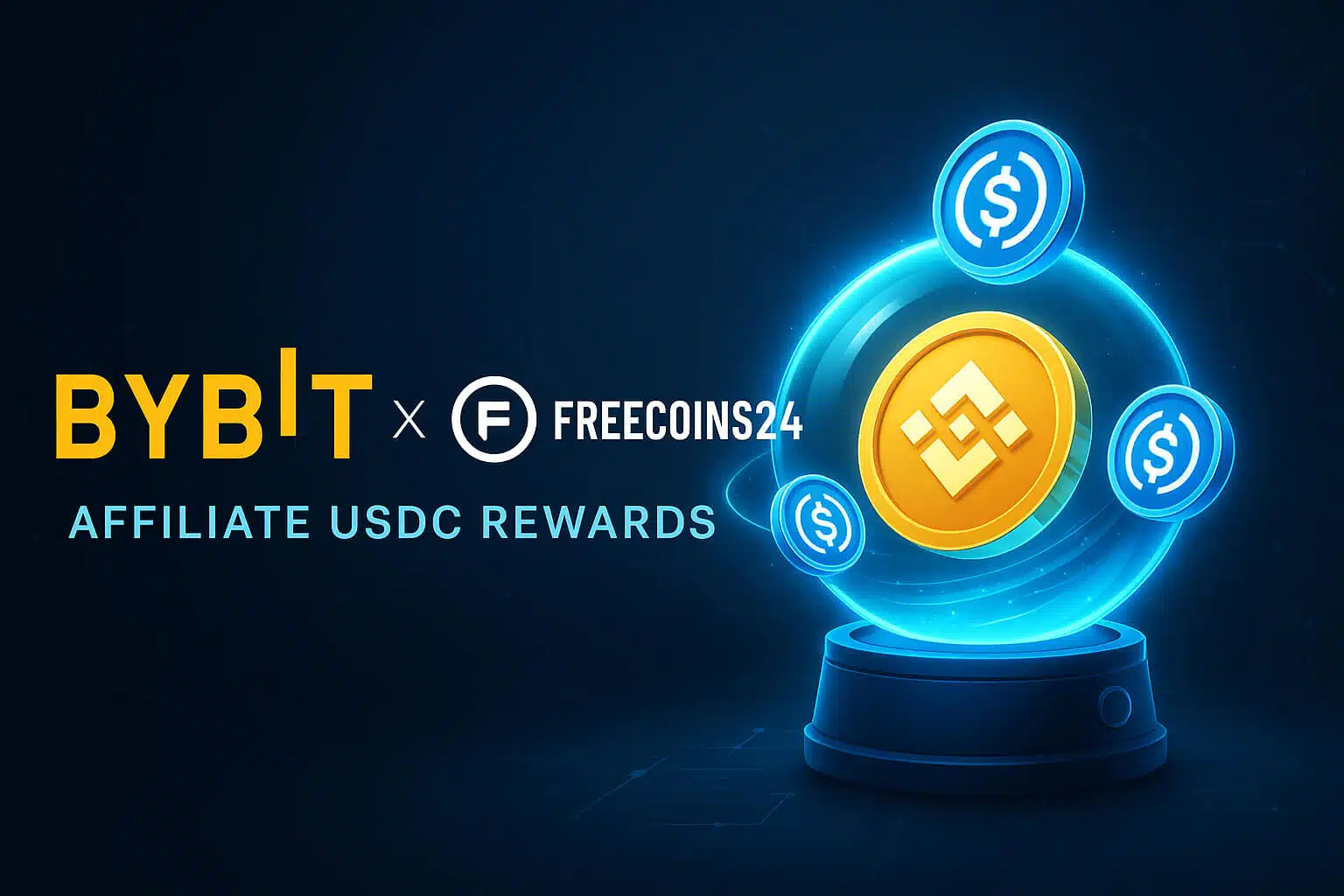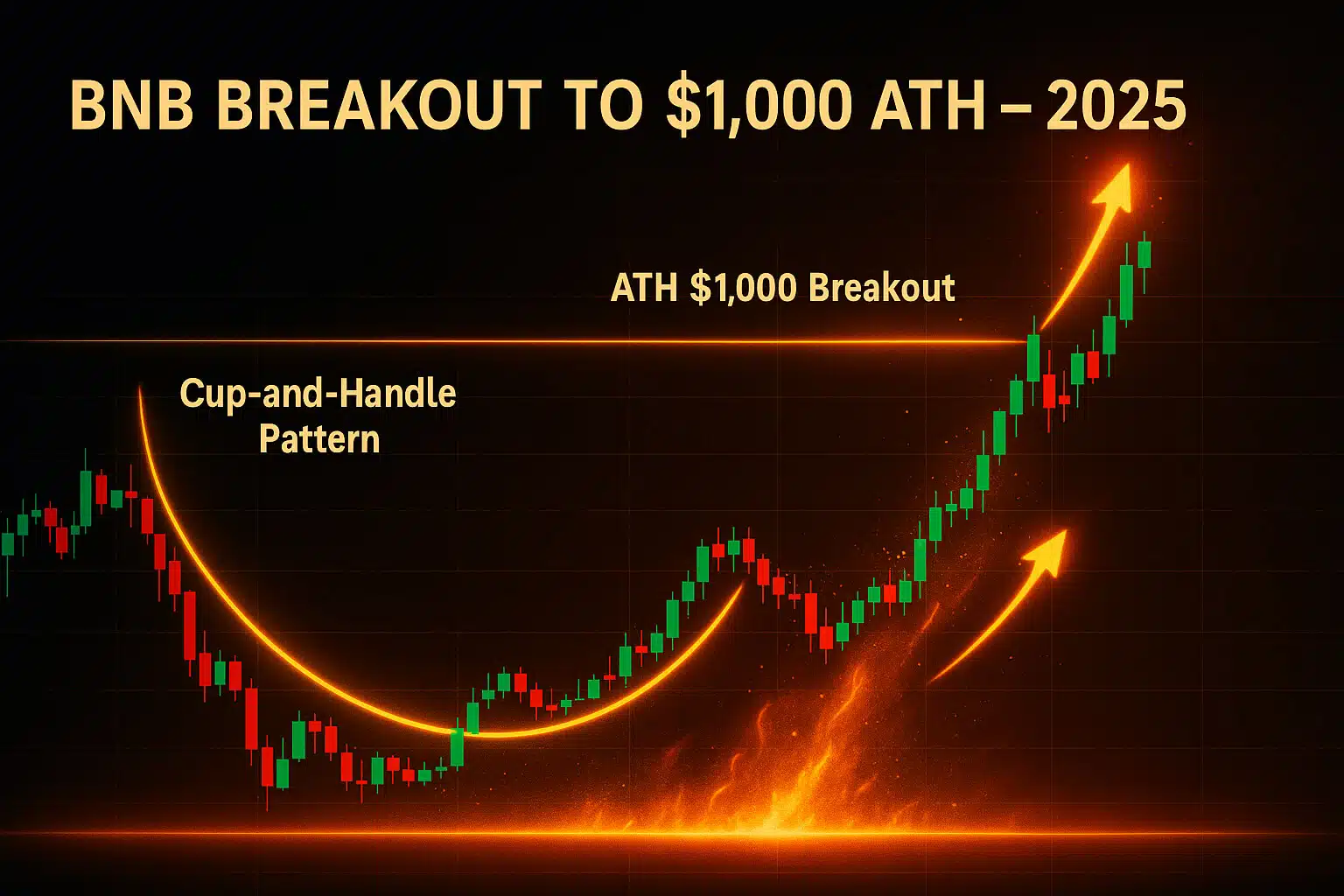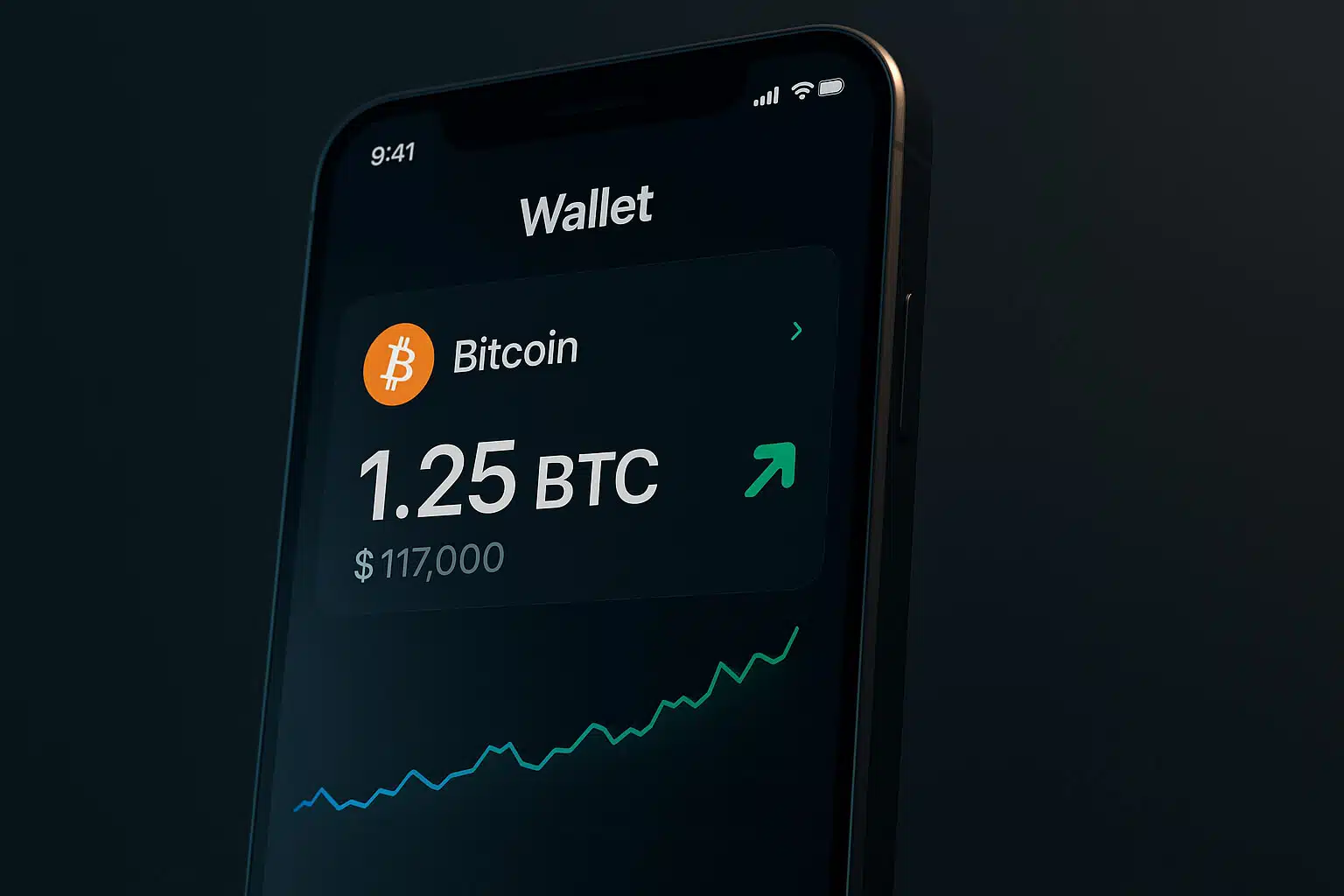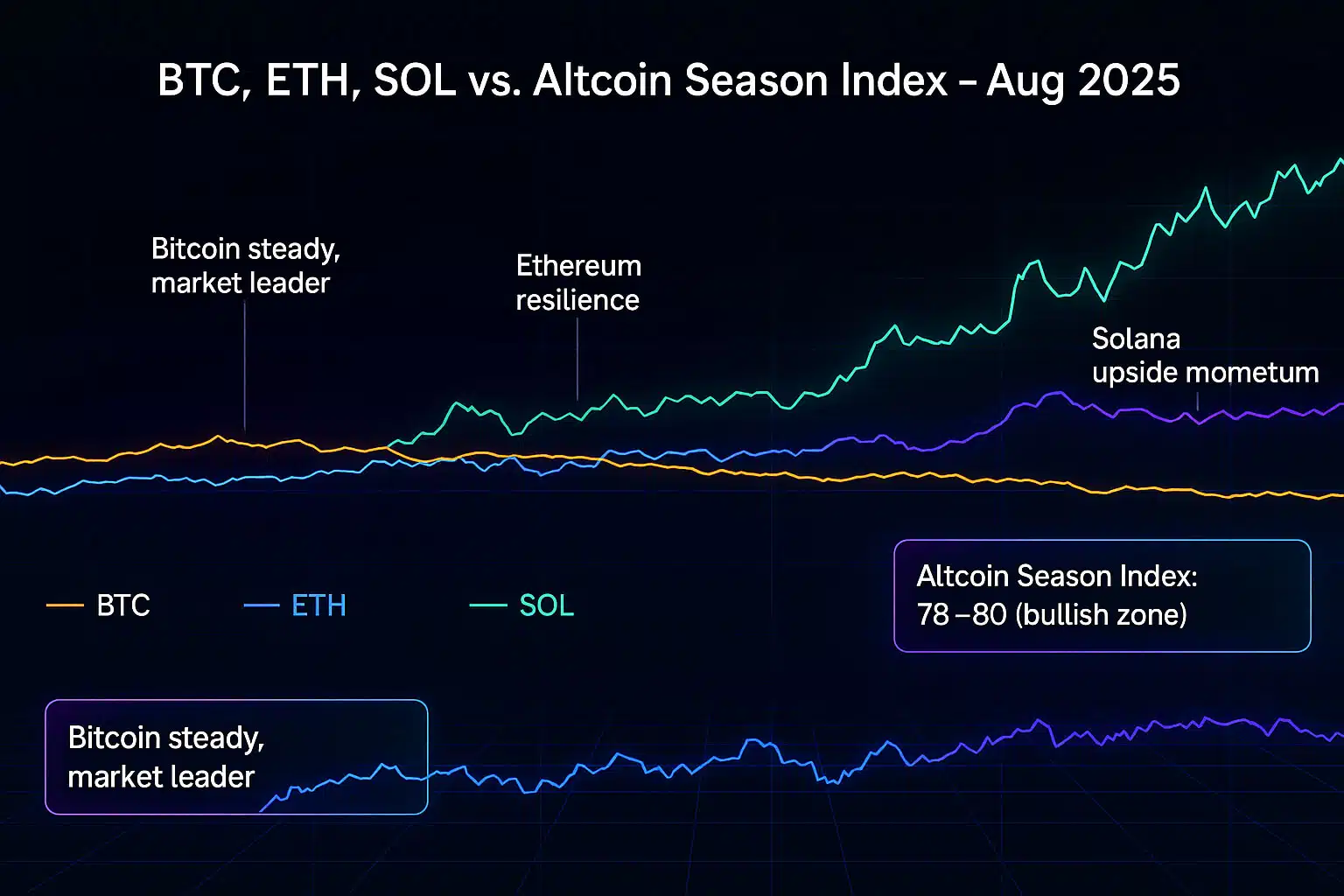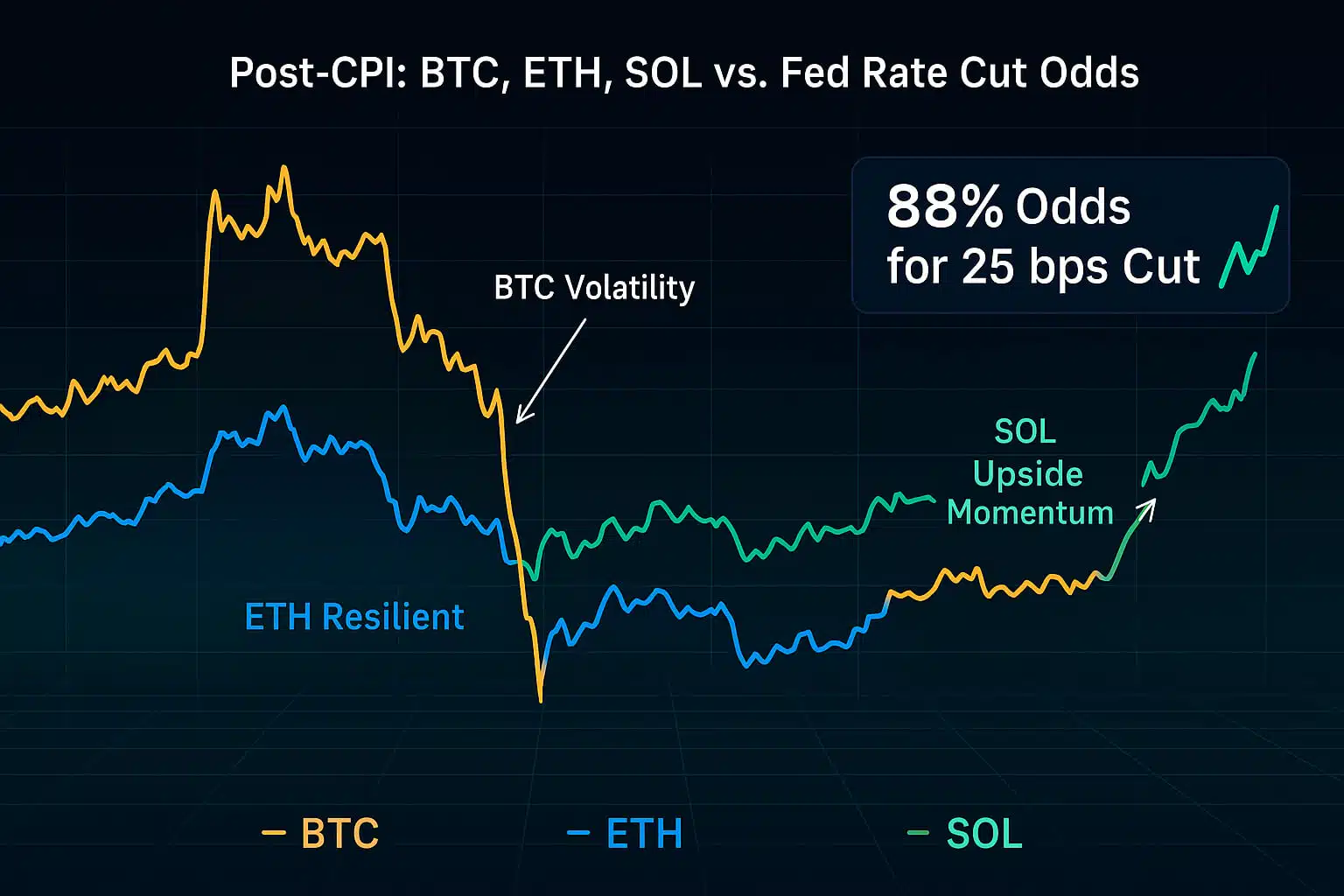The Impact of Airdrops on Long-Term Token Holding: Hold or Sell?
Introduction
Airdrops have become a popular marketing tool in the cryptocurrency world. They allow blockchain projects to distribute free tokens to holders or specific community members as a way to raise awareness, reward loyalty, or even promote network decentralization. While airdrops are often viewed as a bonus for token holders, they also raise an important question: Should you hold or sell these tokens in the long run?
The answer isn’t as straightforward as it might seem. The impact of airdrops on long-term token holding varies depending on factors like token utility, project fundamentals, and market sentiment. In this blog, we’ll explore how receiving airdrops affects the decision to hold or sell tokens and why some investors opt for long-term holding while others choose to cash out quickly.
What Are Airdrops and Why Do They Matter?
Before diving into their impact on token holding, let’s briefly explain what an airdrop is. In the cryptocurrency space, airdrops involve distributing free tokens to eligible participants. Airdrops can happen for various reasons:
- Marketing Campaigns: Blockchain projects often distribute tokens to raise awareness or promote a new product or service.
- Rewarding Loyal Holders: Some projects reward existing token holders for supporting the project by distributing additional tokens.
- Decentralization: Projects might use airdrops to distribute tokens widely, making the network more decentralized.
Airdrops benefit recipients by offering them free tokens, but the distribution often triggers a dilemma: should you hold or sell?
The Psychology Behind Holding or Selling Airdropped Tokens
When airdrop tokens land in a wallet, recipients face an immediate decision: hold or sell? This choice is influenced by several factors, both financial and psychological.
1. The Value of “Free” Tokens
There’s an old saying, “If it’s free, it’s for me,” but how valuable are these free tokens in the long run? While some airdropped tokens appreciate in value over time, others may not. Many investors are tempted to sell their tokens right away, viewing the airdrop as free money.
Short-Term Gains:
Selling airdropped tokens right after receiving them can be tempting, especially when the market is bullish. Tokens received for free can be sold for an immediate profit, providing liquidity to reinvest in other assets. This is a strategy many traders adopt, particularly if they believe the token lacks long-term potential.
2. Fear of Missing Out (FOMO) vs. Fear of Loss
Another key factor is FOMO (Fear of Missing Out). Token holders often experience FOMO if they believe the airdrop could gain significant value in the future. This makes them reluctant to sell too early, thinking the token might skyrocket in price as the project gains traction.
On the other hand, some investors experience Fear of Loss. They worry that holding onto airdropped tokens could lead to depreciation in value, especially if the market turns bearish. This fear pushes them to sell before the token’s price drops.
Ultimately, the decision comes down to a balance between the fear of missing out on potential gains and the fear of holding onto a depreciating asset.
3. Token Utility and Project Fundamentals
One of the main factors influencing long-term token holding is the utility of the token. Airdropped tokens that have real-world use cases—whether in governance, staking, or accessing services—are more likely to be held by recipients.
Utility-Based Holding:
For instance, if the airdropped token provides access to services, such as governance voting or staking rewards, holders may be more inclined to keep it for the long term. Strong project fundamentals and a clear roadmap also encourage long-term holding. Holders who believe in the project’s vision may keep the token, anticipating growth in value as the project develops.
In contrast, tokens with little or no utility often get dumped on exchanges, leading to a sell-off. When the tokens lack clear use cases, holders may decide they’re better off selling and converting to more stable or valuable assets.

The Impact of Airdrops on Token Price and Market Dynamics
The way token holders react to an airdrop can significantly affect the token’s price and market performance.
1. Sell Pressure Following Airdrops
One common consequence of airdrops is an immediate sell-off. When many recipients rush to sell their free tokens, the market faces a sudden influx of supply, which can drive down the token’s price. This is especially true when a large number of tokens are airdropped with no restrictions on selling.
Example:
In some cases, major airdrops have caused token prices to drop by as much as 50% within hours of the airdrop, as investors look to cash in on their free tokens. This can be detrimental to the project, as it may signal a lack of confidence in the token’s long-term value.
2. Lock-Up Periods to Prevent Immediate Sell-Offs
To counter the effects of sell pressure, many projects introduce lock-up periods. Lock-up periods prevent recipients from selling their airdropped tokens immediately, reducing the likelihood of a price crash. Instead, tokens are unlocked gradually, allowing the market to absorb the additional supply over time.
This strategy encourages long-term holding and can create a more stable market environment. However, the success of this approach depends on the project’s ability to maintain interest and demonstrate growth during the lock-up period.
3. Positive Price Impact of Long-Term Holding
When token holders choose to hold onto their airdropped tokens rather than sell, the market typically responds positively. Holding reduces the circulating supply of the token, which can drive up demand if the project grows in popularity or gains utility.
For example, projects that distribute governance tokens through airdrops often experience increased value over time as more holders participate in the network’s decision-making processes. In this scenario, long-term holding strengthens the token’s value by enhancing the ecosystem’s growth and stability.
Real-World Examples of Airdrop Success and Challenges
Several prominent blockchain projects have used airdrops to incentivize holders, with mixed results. Let’s explore two examples.
1. Uniswap (UNI): The Success of Governance Tokens
Uniswap, a popular decentralized exchange, distributed its governance token, UNI, via an airdrop to early users in September 2020. Many recipients opted to hold the token, knowing that UNI gave them voting rights within the Uniswap protocol. As a result, the token’s value increased significantly over time, and it became a cornerstone of the DeFi ecosystem.
2. Ethereum Name Service (ENS): Holding Tokens for Governance
Ethereum Name Service (ENS) airdropped its governance token, ENS, in 2021 to users of its decentralized domain name system. The token allowed holders to participate in governance decisions for the ENS protocol. Many recipients held onto their tokens to participate in the project’s long-term growth, leading to sustained price appreciation.
These examples show that airdrops can lead to long-term holding when tokens offer meaningful utility and are tied to a project’s governance or future growth.
Should You Hold or Sell Airdropped Tokens?
So, what’s the best strategy when you receive an airdrop? Here are a few considerations:
- Evaluate Token Utility: If the token has a strong use case or offers governance rights, consider holding it for the long term. Tokens with real utility often appreciate over time, especially if the project succeeds.
- Assess Market Sentiment: Check market sentiment and project fundamentals. If the token’s price is declining or the project’s roadmap seems unclear, selling might be a safer bet.
- Understand Lock-Up Periods: If there’s a lock-up period, holding is often necessary. However, be prepared for potential volatility once tokens unlock and recipients can sell.
Ultimately, whether to hold or sell depends on your personal goals, the token’s utility, and market conditions. Holding airdropped tokens can pay off if the project has long-term potential, but selling can provide quick liquidity if you need to reduce risk.
Conclusion
Airdrops present a unique opportunity for token holders, offering free tokens that can be held for long-term gains or sold for immediate profit. The decision to hold or sell depends on a variety of factors, including token utility, project fundamentals, and market conditions. While some token holders choose to sell for instant liquidity, others opt to hold their airdrops, especially when the tokens provide access to governance, staking rewards, or other long-term benefits.
FAQs
1. How do airdrops affect token prices?
Airdrops can trigger sell-offs if recipients choose to cash in quickly, leading to price drops. However, lock-up periods and long-term holding can stabilize prices.
2. Should I sell my airdropped tokens right away?
It depends on the token’s utility and market conditions. If the token lacks long-term value, selling for immediate profit might be a good strategy. However, holding can be beneficial for tokens with strong use cases.
3. What are lock-up periods in airdrops?
Lock-up periods prevent recipients from selling their tokens immediately. This helps avoid price crashes and encourages long-term holding.
4. Do airdropped tokens always increase in value?
Not necessarily. A token’s value depends on the project’s success, its utility, and market sentiment. Some airdrops lead to significant gains, while others lose value over time.
For more insights and detailed guides on cryptocurrency, visit our Crypto Guides Section.
Stay Updated
For the latest updates on cryptocurrency trends and news, follow us on:
- Twitter: https://twitter.com/FreeCoins24
- Telegram: https://t.me/freecoins24
Stay informed with the latest strategies and insights in the world of cryptocurrency at FreeCoins24.io.
Special Offer
For an enhanced trading experience, consider Bybit. Sign up through our referral link to unlock exclusive rewards, including up to $30,000 in deposit bonuses, and elevate your trading journey.








